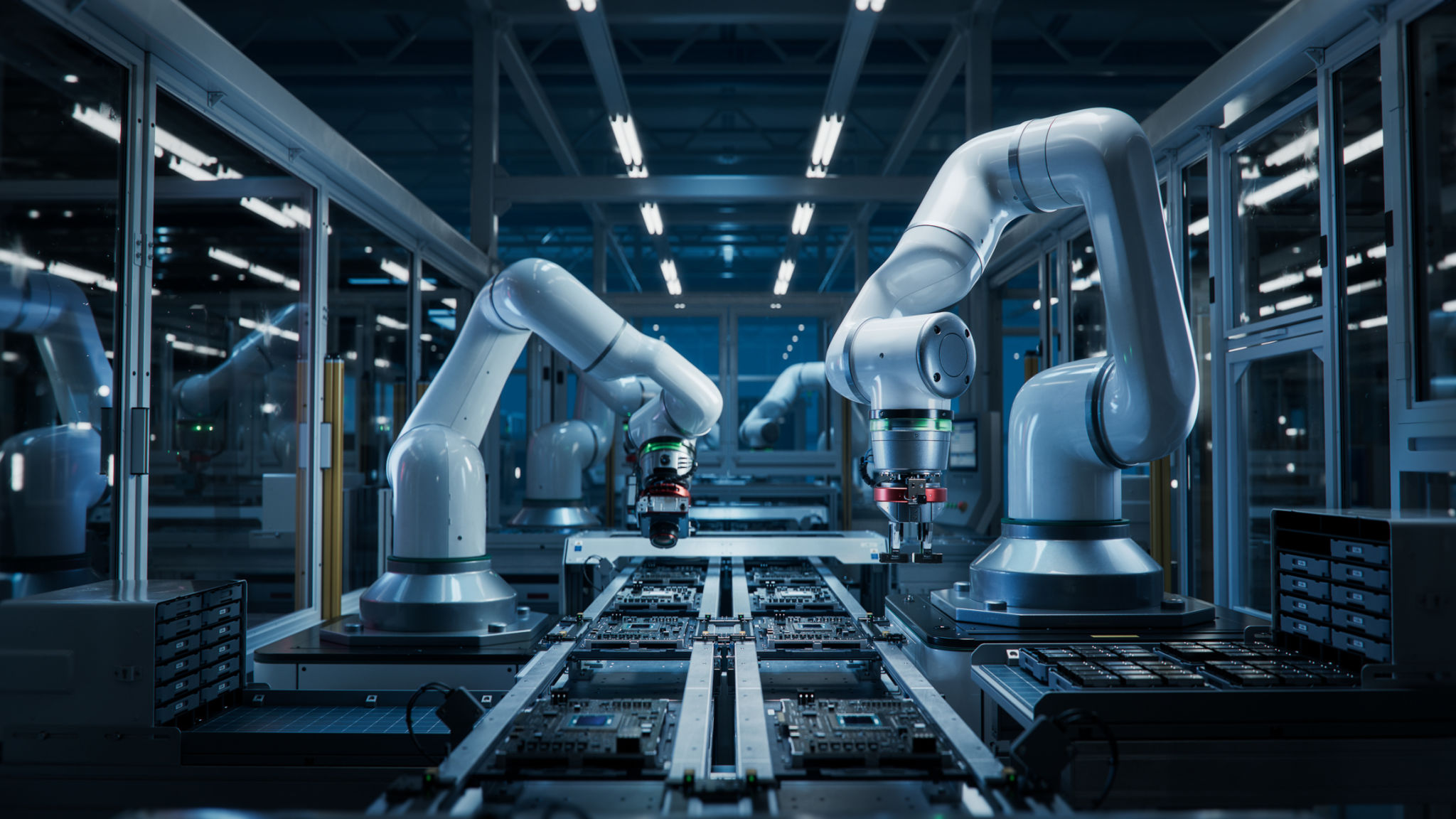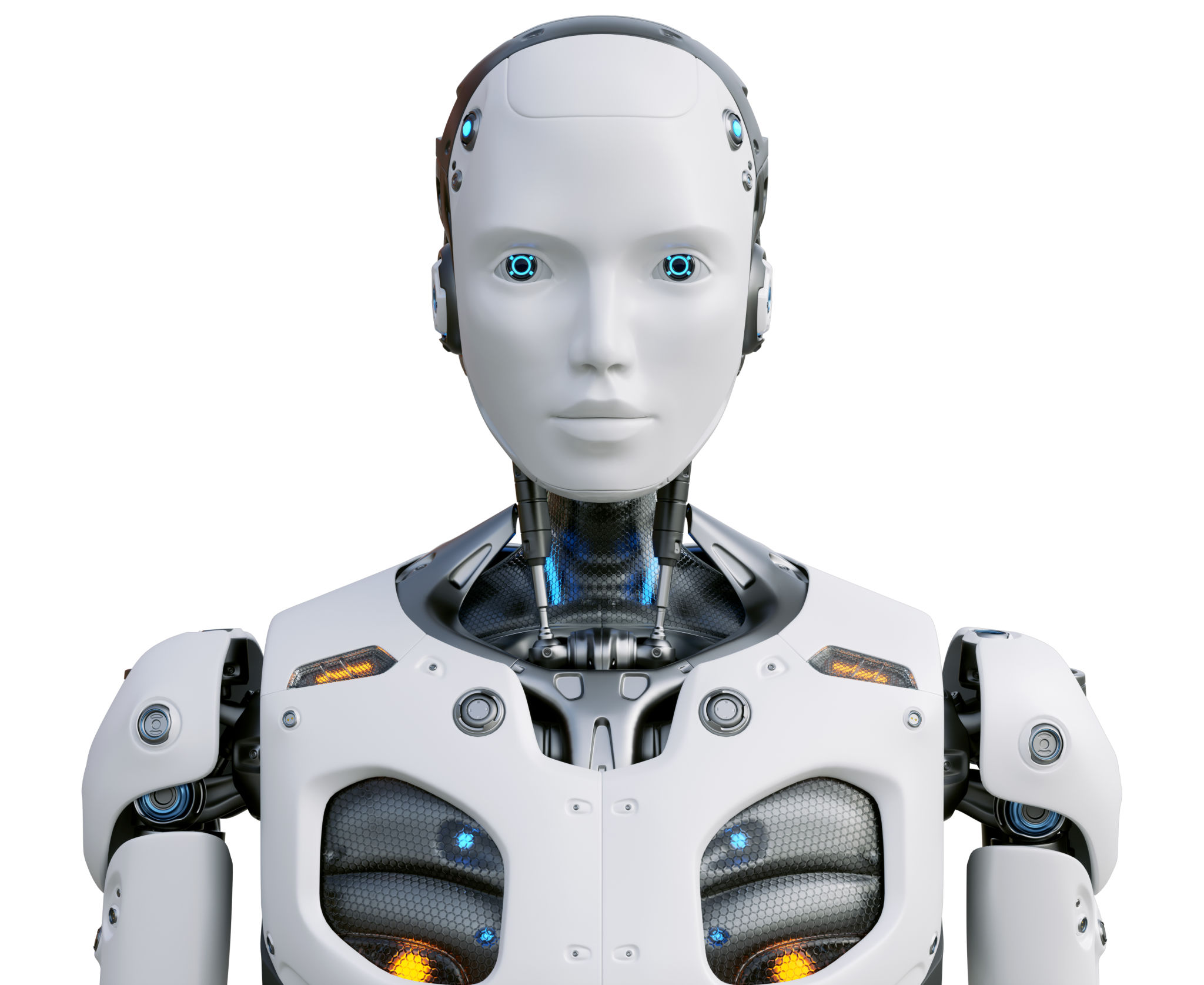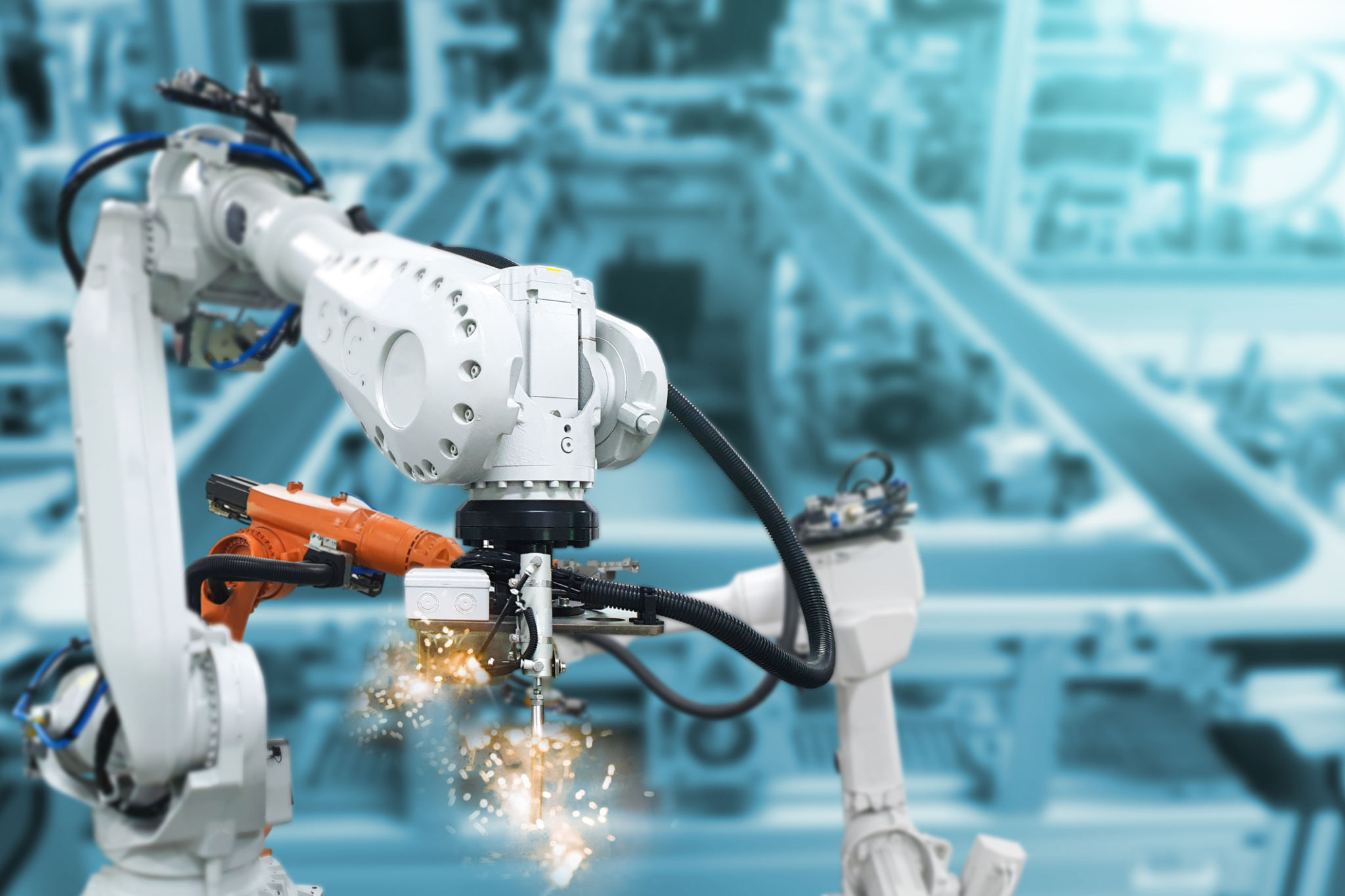Demystifying Robotics Automation: FAQs Answered
Introduction to Robotics Automation
In recent years, robotics automation has become a buzzword across various industries. Whether you're in manufacturing, healthcare, or logistics, understanding the basics of robotics automation is crucial. This blog post aims to answer some frequently asked questions about robotics automation, helping to demystify this complex yet fascinating field.

What is Robotics Automation?
Robotics automation involves using robots to perform tasks that are either too dangerous, too repetitive, or too precise for humans. These robots can range from simple mechanical arms used in assembly lines to highly advanced machines capable of complex tasks. The goal is to increase efficiency, reduce human error, and improve productivity.
Types of Robots
There are several types of robots used in automation:
- Industrial Robots: Used primarily in manufacturing and assembly lines.
- Collaborative Robots (Cobots): Designed to work alongside humans.
- Autonomous Mobile Robots (AMRs): Capable of navigating environments without human intervention.

How Does Robotics Automation Benefit Businesses?
Robotics automation offers numerous benefits for businesses. Firstly, it significantly reduces labor costs by performing tasks that would otherwise require human employees. Additionally, robots can work tirelessly, improving overall productivity and efficiency.
Improved Precision and Quality
Robots excel at tasks requiring high precision and consistency. This leads to improved product quality and reduced waste. In industries like pharmaceuticals and electronics, this level of precision is crucial for ensuring product reliability and safety.

Common Challenges in Implementing Robotics Automation
Despite its advantages, implementing robotics automation comes with its own set of challenges. One significant hurdle is the initial cost of investment. While robots can save money in the long run, the upfront costs can be substantial. Additionally, there is often a need for skilled personnel to manage and maintain these systems.
Integration with Existing Systems
Another challenge is integrating robots with existing systems and workflows. Businesses must ensure that new robotic systems seamlessly integrate with current operations to reap the full benefits of automation. This may involve custom software development or extensive employee training.

The Future of Robotics Automation
The future of robotics automation looks promising as technology continues to advance. We can expect to see more intelligent robots capable of learning and adapting to new tasks. This evolution will further broaden the scope of tasks that can be automated, opening up new opportunities across various sectors.
Ethical Considerations
As robotics automation becomes more prevalent, ethical considerations will come into play. Questions about job displacement, privacy, and security must be addressed to ensure responsible use of robotic technologies.
In conclusion, while robotics automation presents challenges, the potential benefits outweigh the drawbacks. By understanding and addressing these challenges, businesses can effectively harness the power of robotics to drive innovation and growth.
